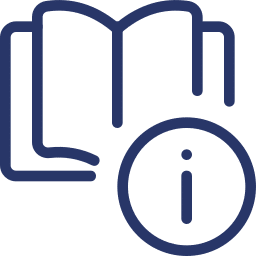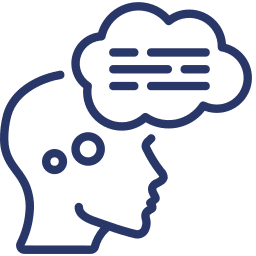Digital Media Law
Chapter 12:
Artificial Intelligence
Chapter 12 examines the legal, ethical, and business issues surrounding artificial intelligence (AI) in the media and creative industries. AI can now generate text, images, music, and video, raising questions about authorship, ownership, and liability. This chapter covers how existing intellectual property laws apply (or fail to apply) to AI-generated content, the challenges of transparency and bias in AI systems, and how governments and industry are responding to this rapidly evolving technology.

Key Concepts in this Chapter
What Is Artificial Intelligence?
-
Broad term for technologies that perform tasks normally requiring human intelligence.
-
Includes machine learning, natural language processing, computer vision, and generative AI (e.g., ChatGPT, DALL·E, Midjourney).
-
Used in media for recommendation engines, automated journalism, video editing, and more.
Authorship & Copyright Issues
-
U.S. Copyright Office: Works created solely by AI without human involvement are not copyrightable.
-
Human authorship is required — but law is evolving around “human + AI collaboration.”
-
Questions about ownership of training data and outputs.
Training Data & IP Rights
-
Generative AI systems are trained on massive datasets, often scraped from the internet.
-
Raises copyright, trademark, and right of publicity concerns.
-
Litigation underway over whether AI training without permission infringes IP rights.
Bias, Transparency, & Ethics
-
AI systems can reflect or amplify biases in their training data.
-
Importance of explainability — understanding how AI reaches its outputs.
-
Ethical debates over AI deepfakes, misinformation, and impersonation.
Liability Questions
-
Who is responsible if AI-generated content infringes copyright, defames someone, or causes harm?
-
Potential liability for developers, deployers, and users.
-
Gaps in current law — few AI-specific statutes in the U.S. so far.
Regulatory Landscape
-
U.S.: Mostly sector-specific or general laws applied to AI (IP, consumer protection, discrimination laws).
-
EU: Moving toward comprehensive AI regulation (EU AI Act).
-
Industry self-regulation: Voluntary commitments to transparency, safety, and responsible AI development.
AI in Media & Entertainment
- Automated scriptwriting, voice cloning, virtual actors.
- AI-assisted production tools for editing, animation, music composition.
- Concerns from creative professionals about displacement and credit.

Test Your Knowledge

Ideas for Future Study
-
Human Authorship Standards: Should the law require a minimum threshold of human input for copyright?
-
Licensing Training Data: Could a collective licensing system solve current disputes?
-
Deepfake Regulation: Where should the line be drawn between parody and harmful deception?
-
Labor Impacts: How should creative industries adapt to AI without undermining human talent?
-
Global Coordination: How can laws keep pace with AI’s cross-border nature?

Parting Thought
AI is transforming the way we create, share, and experience media — but it’s also forcing us to rethink the very definitions of authorship, originality, and accountability. Should the law adapt to fit AI, or should AI be designed to fit within our existing legal frameworks?
